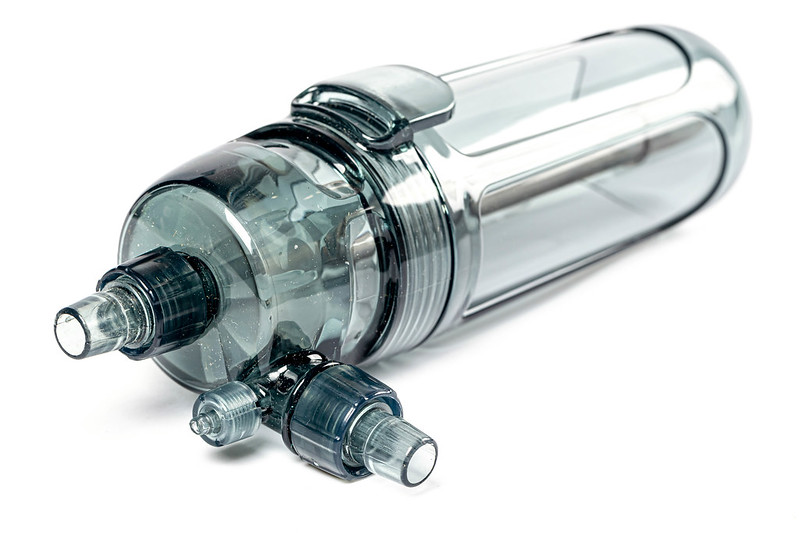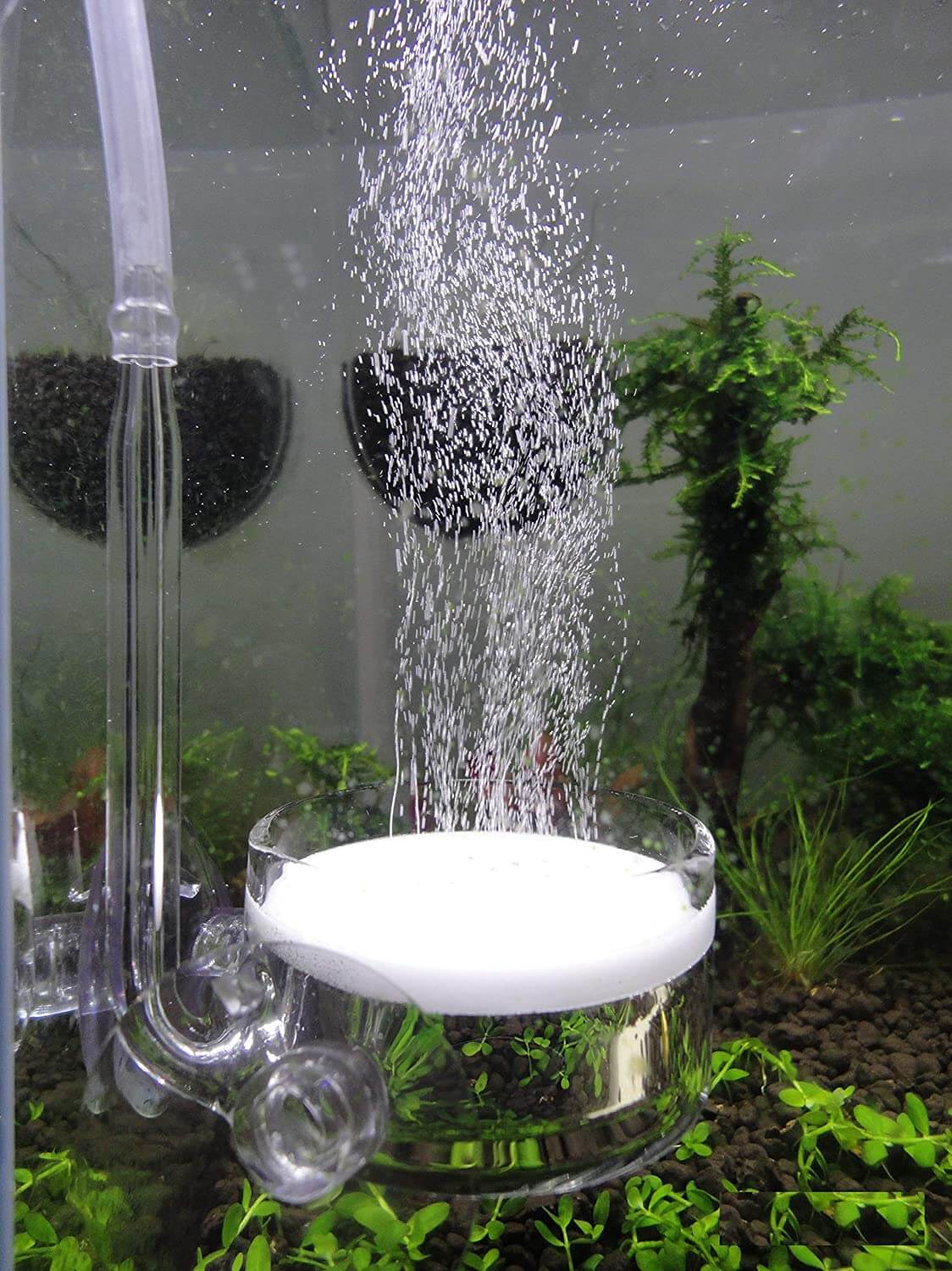CO2 Reactor vs Diffuser: Which Is Better?
Posted by on 2/14/2023
We use affiliate links and may receive a small commission on purchases.
Reactors and diffusers have their advantages and disadvantages when it comes to CO2 diffusion in a planted aquarium. While both can be used to create award-winning aquascapes, they do have certain requirements that hobbyists should be aware of.
In this post, we're going to cover the pros and cons of these diffusion methods, and we'll give you all of the information needed to decide which tool for CO2 diffusion is best for you.
December's Giveaways on Light Fish
CO2 Reactors
CO2 reactors are small chambers that include a piece of ceramic known as a membrane. For aquarium hobbyists looking to diffuse CO2 effectively, a CO2 reactor is an excellent choice.
CO2 bubbles pass through the membrane from a regulator and are diffused into the aquarium water inside the reactor chamber. The water is then recirculated back into your aquarium through the return line of your filter.
There are two common types of CO2 reactors, external reactors, and inline reactors (also referred to as inline diffusers). External reactors tend to be a bit bulkier but allow for more diffusion time. Inline CO2 reactors are quite small and can connect directly to the return flow tubing.

Appearance
Most external CO2 reactors are about 10 inches in height and 5 inches in width. Connections around the reactor typically accept ½ inch filter tubing and 3/16" regulator tubing.
Inline CO2 reactors are quite small, about 4 inches in length and 2 inches in width, and accept the same tubing as external reactors.
🛒 Shop Freshwater Fish on Light Fish
Maintenance
Reactor maintenance is minimal and is one of the best parts about owning a reactor over a diffuser. There is little maintenance you'll need to do besides occasionally cleaning the connection tubing.
Since reactors are placed outside of an aquarium, there is no risk of algae or waste buildup on the reactor's ceramic membrane.
Pricing
CO2 reactors can run between $20-$50, for both inline and external reactors. They're relatively affordable, and widely available online.
CO2 Diffusers
CO2 diffusers are small pieces of glass or stainless steel that contain a ceramic disc. CO2 diffusers are placed directly inside an aquarium. Diffusers are a popular choice for hobbyists who like the appearance of a fine mist throughout the water column.
Seeing CO2 bubbles dispersed through a CO2 diffuser has a few benefits. It provides the hobbyist with an impression of the CO2 injection rate and also alerts the hobbyist if the CO2 tank has gone empty. Combined with a drop checker it can be very effective in preventing algae breakouts from occurring.

Appearance
Most CO2 diffusers are oval-shaped glass objects with small ceramic discs, but over the years we've seen a lot of new creative styles with more intricate designs.
While these designs can be purely aesthetic, they do have some practical benefits. Certain diffusers have built-in bubble counters to monitor the CO2 diffusion rate, while others are built out of stainless steel, making regular cleanings less necessary.
Maintenance
CO2 diffusers require regular cleaning with a small brush. Any potential algae build-up will require cleaning, but you'll need to scrub carefully.
Most CO2 diffusers are oval-shaped glass objects with small ceramic discs, but over the years we've seen a lot of new creative styles with more intricate designs.
Depending on the cleanliness of your tank, you can expect to clean your diffuser once every 2-3 months.
Pricing
CO2 Diffusers vary widely in price. Small glass diffusers with a small ceramic disc may cost only $15, while stainless steel diffusers can go for above $50.
Intricately designed diffusers, with built-in bubble checkers, can be worth even more, and high-quality glass diffusers can go for well over $100.
Best Choice for Hobbyists on a Budget
We recommend going with a glass CO2 diffuser if you're looking for the most cost-effective route to CO2 injection. They are easily replaceable and when combined with a drop checker can give a good estimate of the CO2 injection rate. Plus, at $15 you really can't go wrong.
CO2 Diffusers can be used with both canister filters and HOB (hang-on-back filters.)
Best Choice for CO2 Efficiency
If you're looking for the most efficient CO2 diffusion, we recommend a CO2 reactor.
Bubbles diffused through a glass CO2 diffuser will often escape from the tank before being diffused, resulting in wasted CO2.
This scenario is much less likely to occur with a reactor, as the CO2 bubbles will be caught in the chamber, increasing the duration for them to be properly diffused.
You'll need to have a canister filter to use a CO2 reactor.

Conclusion
As you can see, there are pros and cons to both CO2 reactors and diffusers. For those of us that have canister filters, CO2 reactors are highly efficient at diffusing CO2 into an aquarium, but they won't produce a tank filled with bubbles like a CO2 diffuser.
If you do not have a canister filter, CO2 diffusers are affordable, and the bubbles they produce will add a lot of motion to a planted tank.
Now that we've discussed the difference between these two diffusion methods, which will you choose? Let us know by commenting below, and be sure to check out our marketplace and community forum.
December's Giveaways on Light Fish






